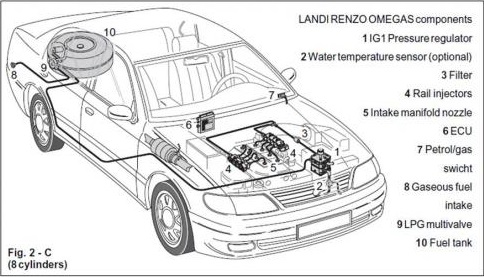Primemax Energy Inc
Auto Propane. How it Works
With the demand for cleaner alternative fuels, the popularity of propane-powered vehicles is growing. That means the accessibility of propane is much greater than in the past.
According to the World Liquefied Petroleum Gas Association (WLPGA), more than 9 million vehicles in 38 countries currently operate on propane of propane gas. Propane provides high-octane performance for your vehicle that is comparable to gasoline and diesel, and many owners claim that propane runs more smoothly, resulting in less wear on the vehicle.
Propane engines work very similar to gasoline engines. Propane is pulled from the tank and switched to vapour to allow it to run in the fuel lines. The vapour is combined with air and is sent through the combustion process by a fuel injector system in sequence.
Safety features
• LP gas is quite safe compared with other fuels. Propane has a high ignition temperature (450-510 C) compared to gasoline (257 C), making it less likely to ignite spontaneously.
• Tanks used to store propane are stronger than gasoline tanks because of the pressured needed to keep propane in liquid form. These tanks are less likely to rupture in the event of a collision.
Performance

Propane vehicle power, acceleration and cruising speed and range are similar to gasoline powered vehicles. Propane's high octane rating (104° to 112° C compared with 87° to 92° C for gasoline) and low carbon and oil contamination characteristics have resulted in documented engine life of up to two times that of gasoline engines. Because the fuel mixture (propane and air) is completely gaseous, cold start problems associated with liquid fuel are eliminated.
Source: http://www.primemaxenergy.com/auto/how-it-works.php
Driver
Our drivers are our representatives and the foundation of our company.